Tree Cabling: Strengthening and Preserving Your Valuable Trees
Trevor Soltys & Paul Kasper
Tree Cabling: Strengthening and Preserving Your Valuable Trees
Tree cabling is an effective and preventative measure used by arborists to maintain the health, stability, and longevity of trees, particularly those that are structurally weak or susceptible to damage from weather conditions. This process involves the installation of cables and braces to provide additional support to trees, helping them withstand external forces such as strong winds, heavy snow, or ice, while also preventing further structural damage. When done properly, tree cabling can significantly enhance a tree’s ability to grow safely and in a balanced way.
Benefits of Tree Cabling
- Preventing Damage from Storms and Severe Weather
Trees with weak or poorly structured limbs are vulnerable to breakage during storms or high winds. Tree cabling can prevent the snapping of branches or the tree's trunk from splitting by distributing stress more evenly across the structure. Cables, strategically placed in critical spots, can absorb the forces that would otherwise cause irreparable harm, helping trees survive harsh conditions.
2. Prolonging the Life of Structurally Weak Trees
Just as a person might use a brace to support a weak joint or bone, tree cabling provides external reinforcement for trees that have become structurally compromised due to age, disease, or injury. In trees with co-dominant leaders (two main trunks growing close together) or heavy, overextended branches, cabling helps prevent the risk of splitting. This prolongs the tree’s lifespan by preventing premature damage and maintaining its integrity over time.
3. Maintaining Aesthetics and Natural Form
Cabling can help trees maintain their natural appearance while stabilizing weak or heavy limbs. Without intervention, these limbs may bend, lean, or break in an unsightly manner, leading to the loss of the tree’s aesthetic value. With proper cabling, these limbs can be supported, allowing the tree to grow in a more balanced and symmetrical form.
4. Reducing the Need for Hazardous Tree Removal
Tree cabling can offer a viable alternative to removing a damaged tree or a tree with structural weaknesses. By strengthening vulnerable areas, cabling allows trees to remain standing and functional for longer periods. This is not only a more environmentally friendly option but also cost-effective, as tree removal can be expensive and often necessitates replanting efforts.
5. Promoting Healthy Growth and Structural Stability
Cables help guide the growth of trees in a way that reduces the likelihood of leaning or excessive crown growth in one direction. Over time, this support can lead to healthier, more stable trees that are less likely to suffer from internal stress. As a result, trees can grow more evenly, reducing the chances of future structural issues that might require extensive intervention.
6. Providing Safety and Protection for Surrounding Property
Trees that grow near homes, power lines, or other valuable property may pose a risk if their limbs become unstable or overextended. Cabling provides extra support to prevent potential damage from falling limbs, helping to protect not only the tree itself but also the surrounding property, structures, and people who may be in the vicinity.
Conclusion
Tree cabling is an invaluable tool for maintaining the health and safety of trees, particularly those that are vulnerable to damage due to structural weakness. By offering stability during stormy weather, prolonging the life of trees, preserving their aesthetic qualities, and ensuring the safety of nearby structures, cabling is a proactive way to care for valuable trees. When performed by a skilled arborist, tree cabling can provide long-term benefits and contribute to the vitality of trees for many years to come.
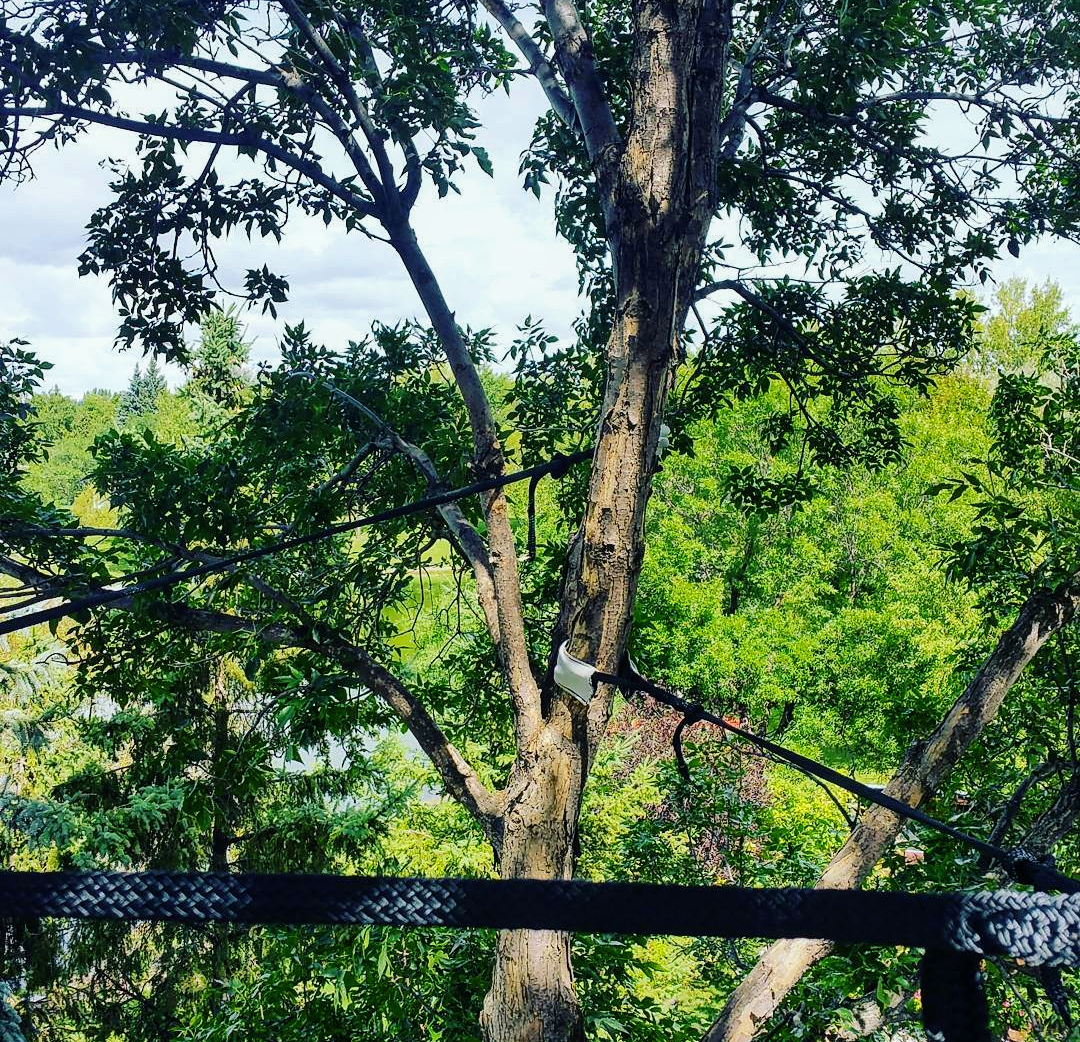
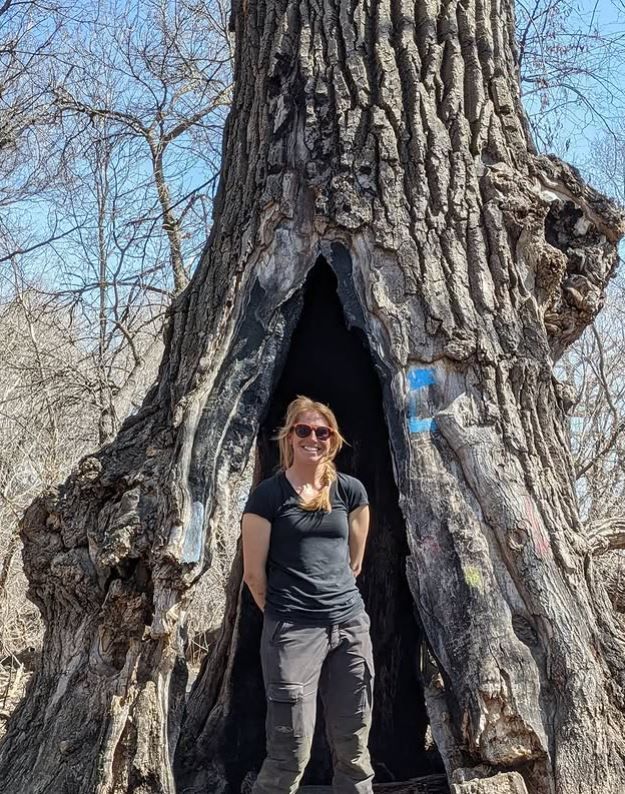
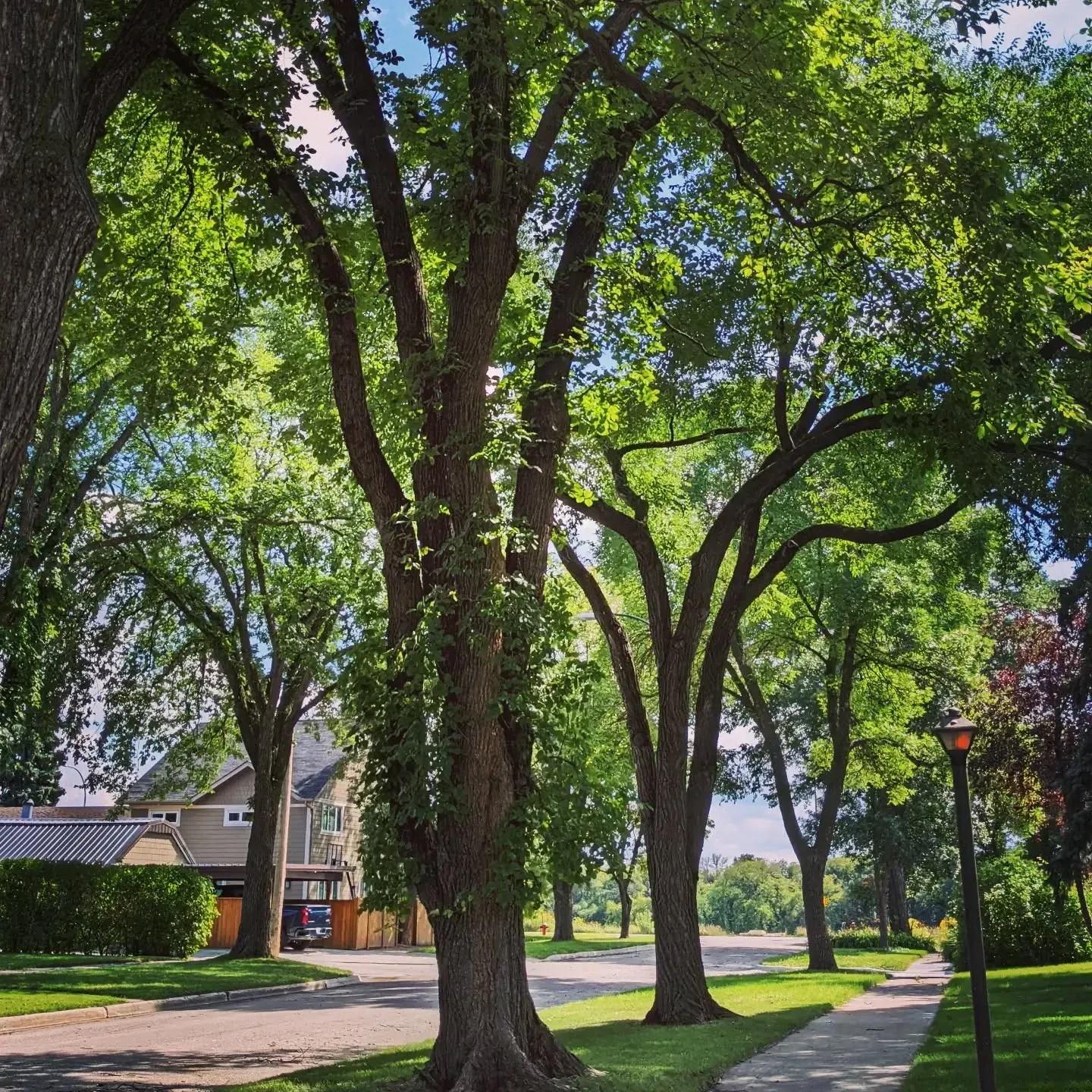
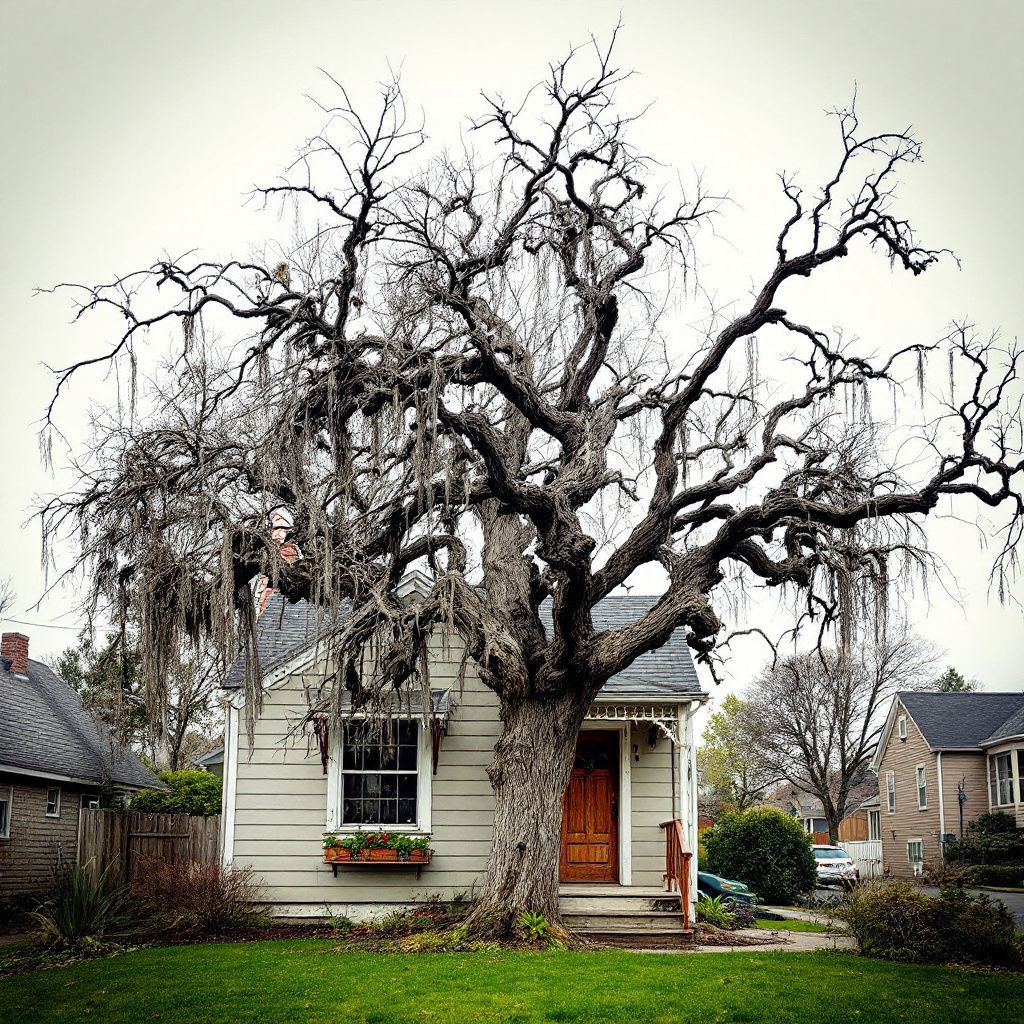
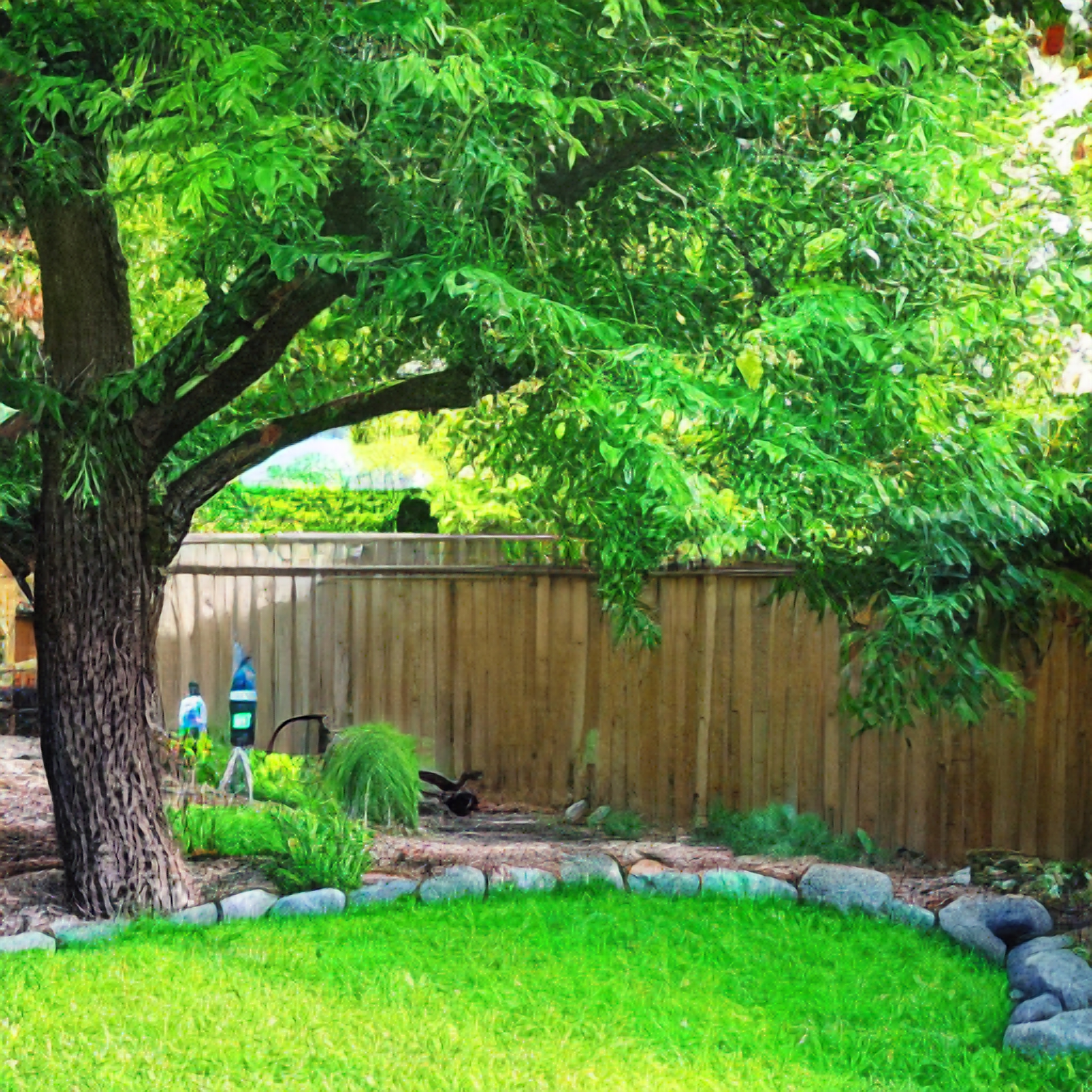
All Rights Reserved | TreeSolve



